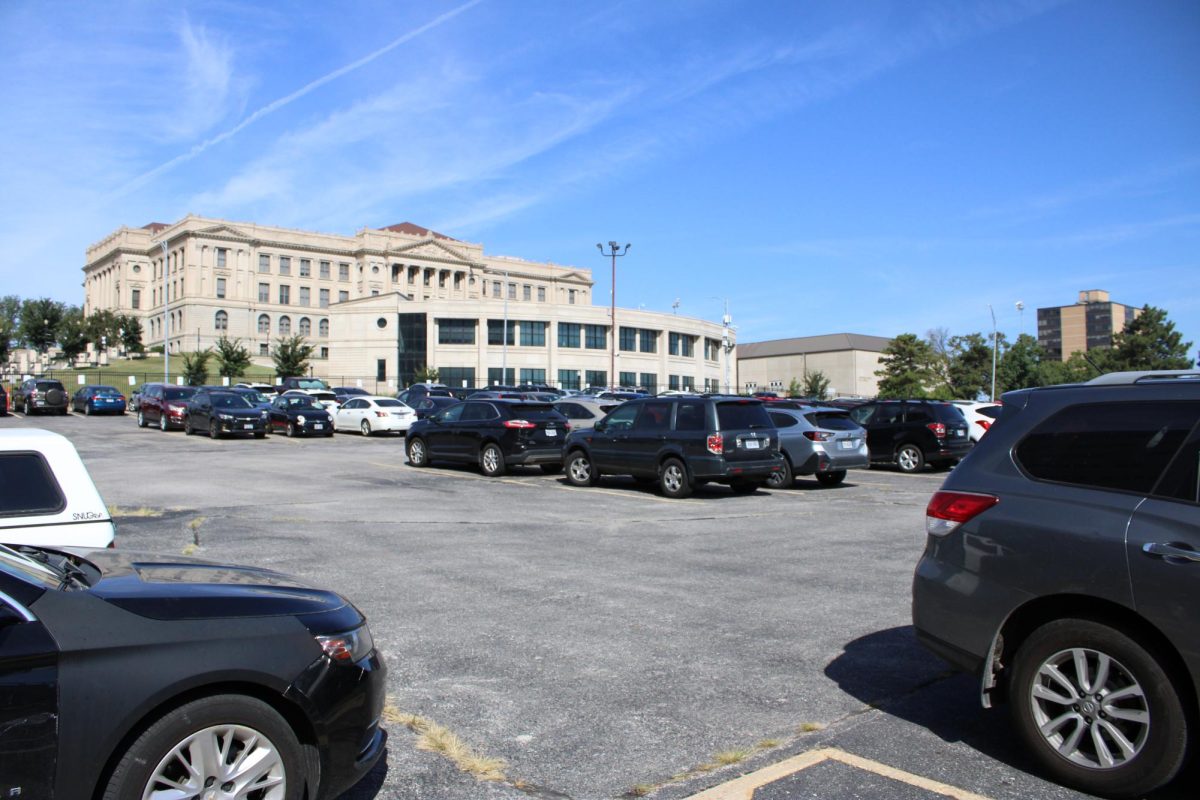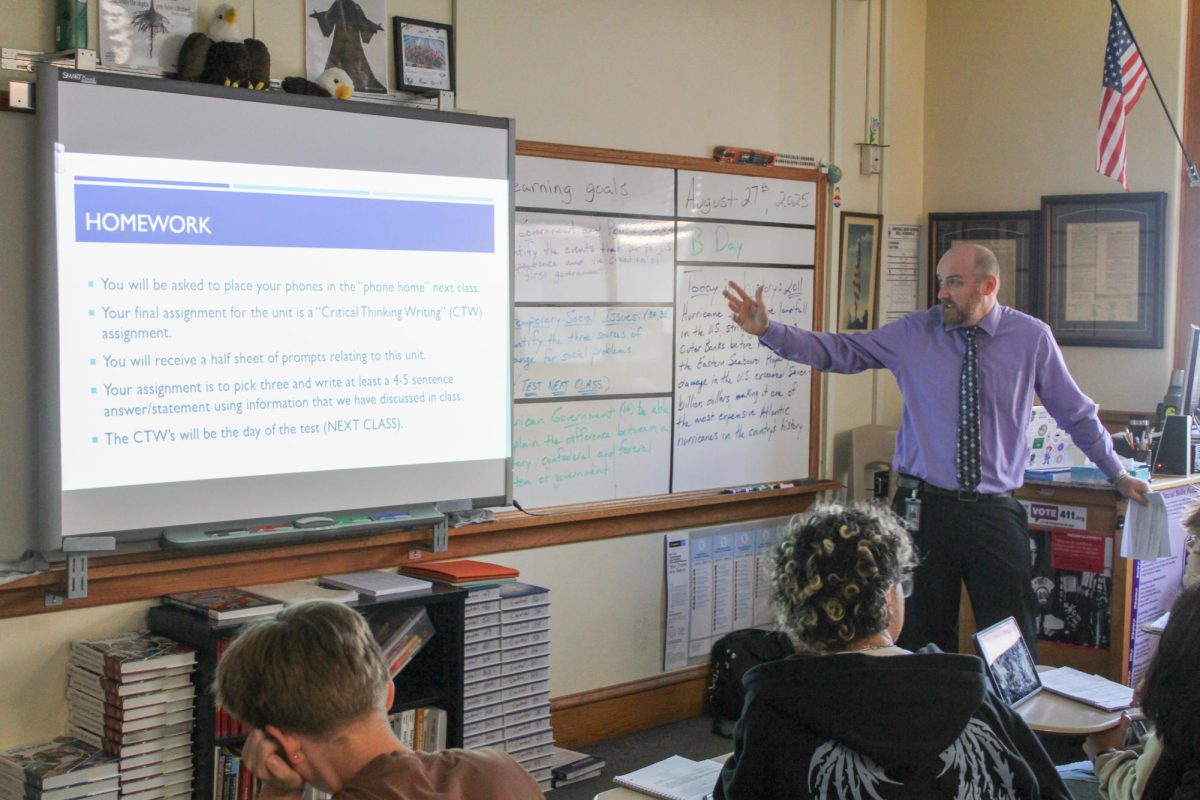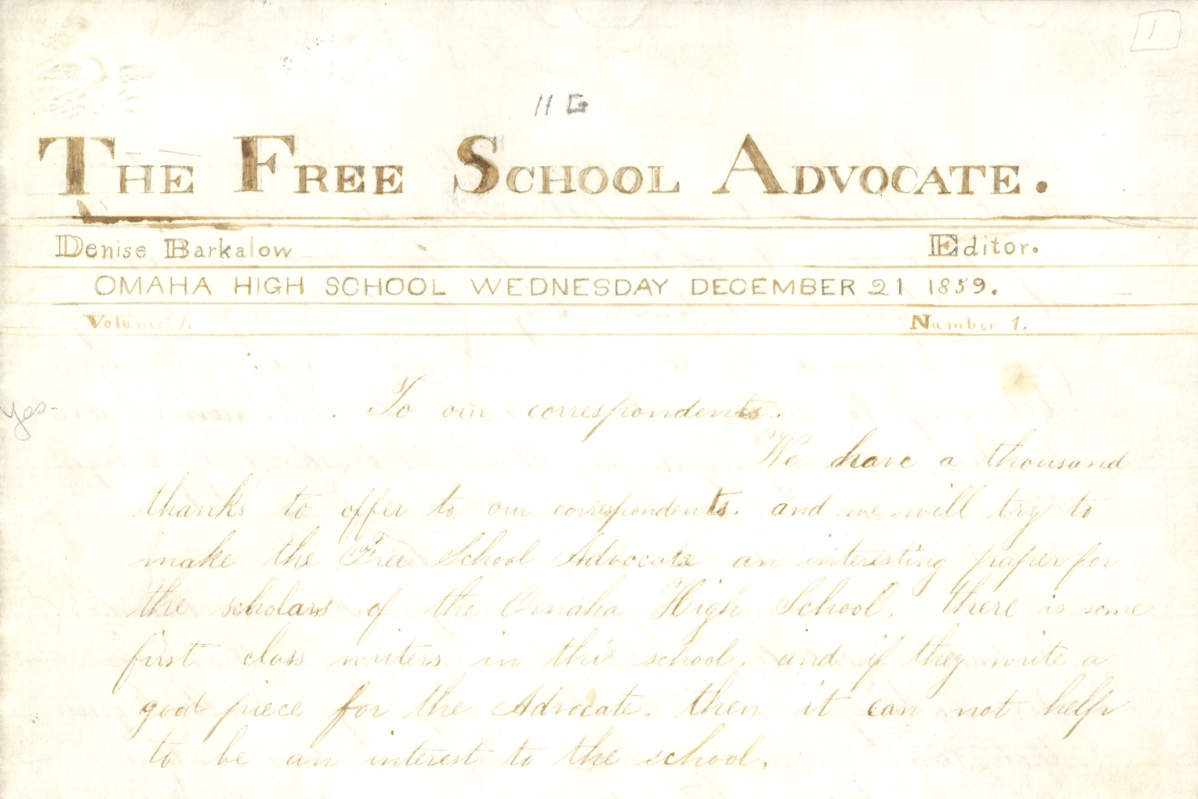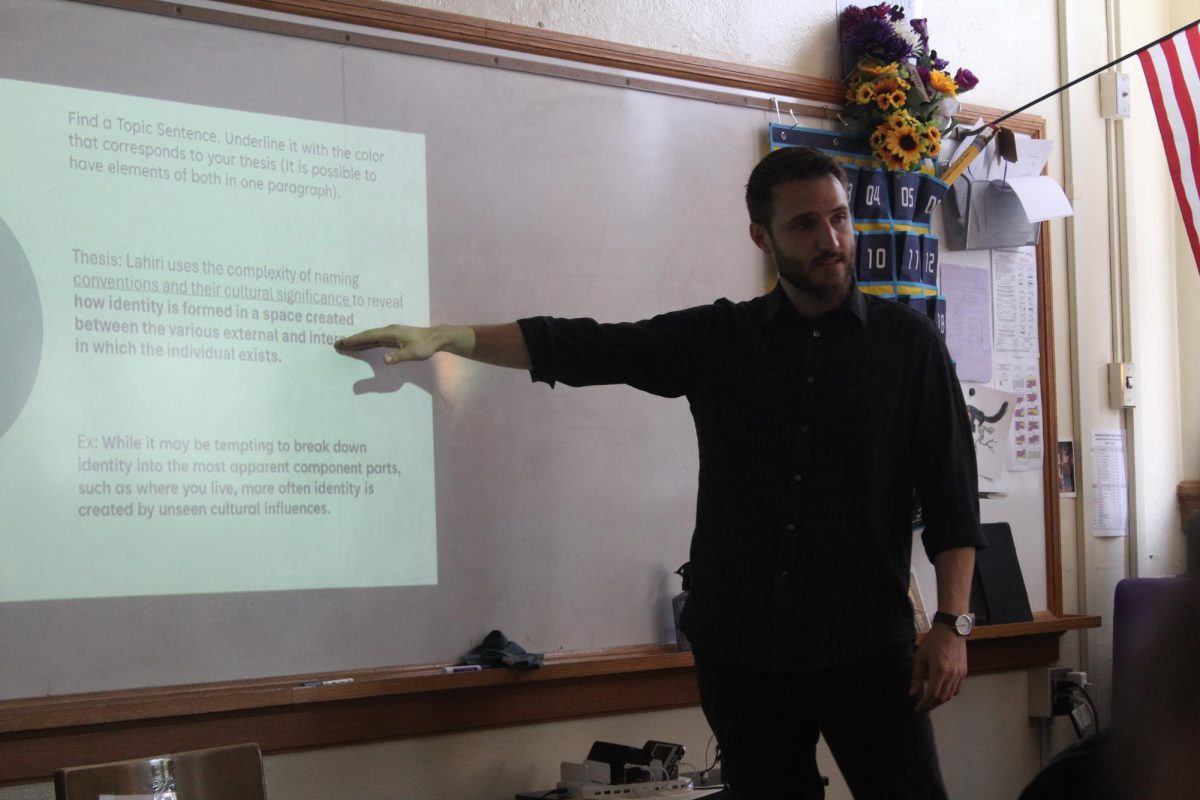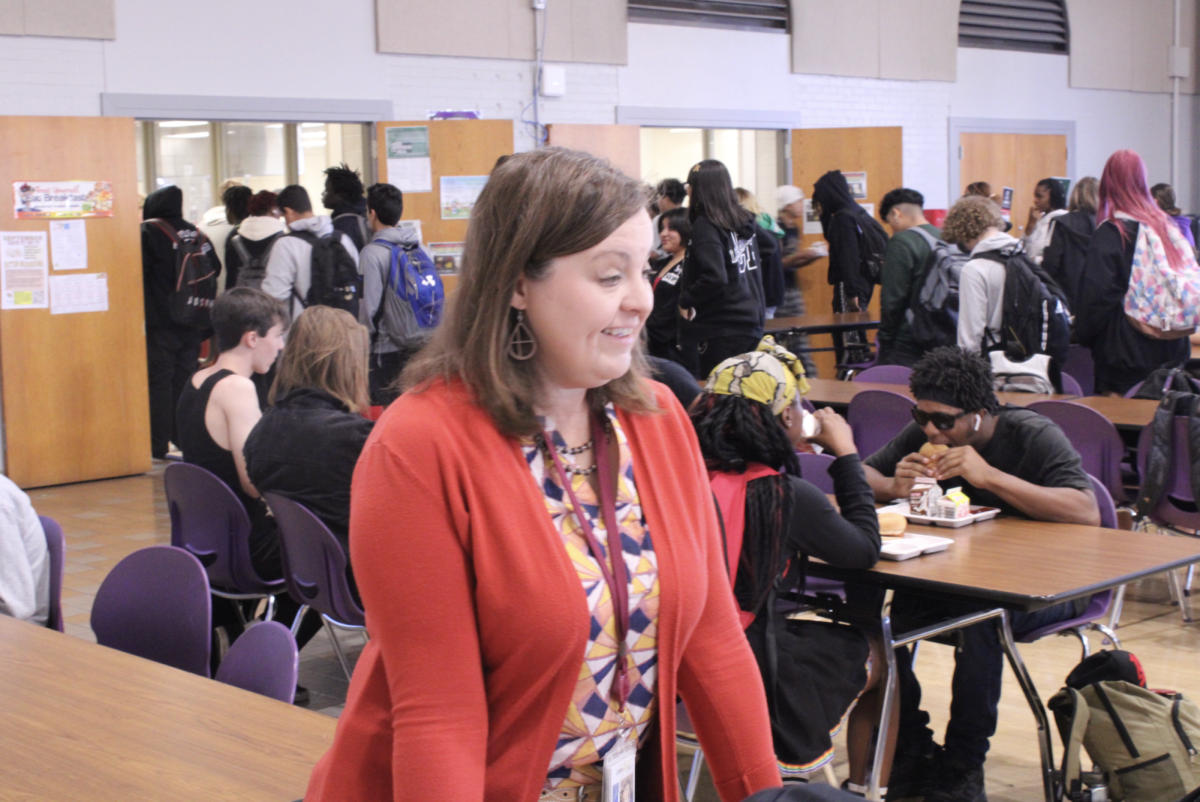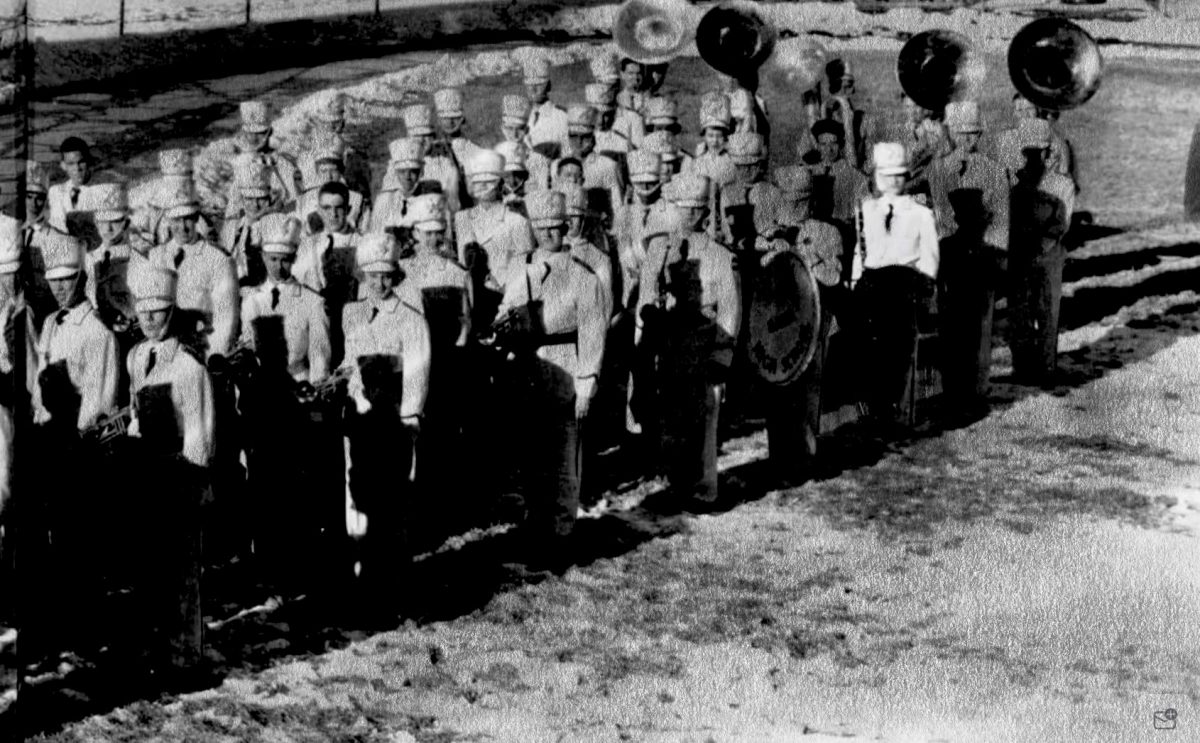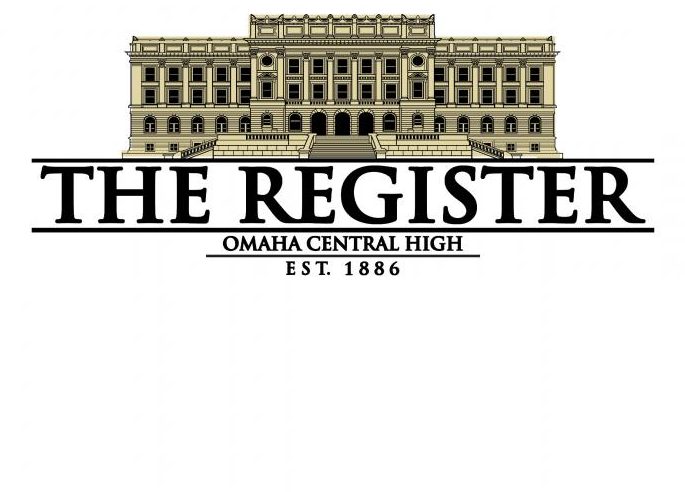Students have to worry about schoolwork, their future, jobs and life in general. Worrying about how to get to school the safest and most efficient way is already a struggle for some students, and they shouldn’t have to worry about getting frostbite too.
The difference between the “feels like” temperature and the regular temperature is that the “regular temperature” is the actual temperature outside, not accounting for the humidity and wind. The “feels-like temperature” is how the air will feel on skin, factoring in the wind.
In December 2024, it was colder than 20 degrees 14 times in just the span of a month. Throughout those days, the wind made it feel colder than the actual temperature. The roads were very icy, yet school was told to continue as usual.
When the temperature is zero degrees Fahrenheit or below, it takes about 30 minutes for exposed skin to get frostbite. Some students aren’t even able to buy jackets so they bring blankets to school, but those are prohibited by the school.
Many students ride the bus to school and must wait for the bus every morning. In the morning it is even colder since the sun has not come out. The walk to the bus stop could be up to .64-miles for a high schooler.
Some students don’t even get the school bus, so they must wait for the public bus. During the weekdays, the ORBT bus passes every 10 minutes. If the student doesn’t make it to the bus stop on time, they could have to wait in the cold for 10 minutes to catch the next bus. It only takes 15 minutes in below zero degrees Fahrenheit weather to get frostbite.
Another way of transportation is if the student drives themselves. But students driving on icy roads could be very dangerous. According to the U.S. Federal Highway Administration, approximately 156,164 auto accidents occur each year due to icy roads.
Yes, some might worry that school could be canceled too often, but since Covid, remote learning has become a thing, and most assignments are online for students to access.


